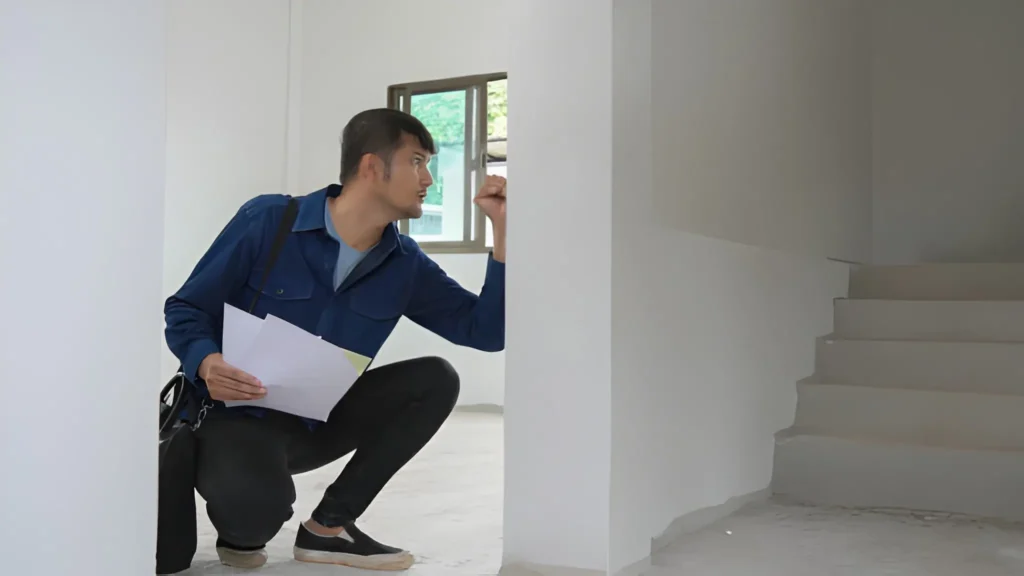Moving into a new home is an exciting milestone. Amid the excitement of packing boxes and planning decor, it is easy to overlook one of the most critical steps: the pre-move-in inspection. This detailed examination of your new property is far more than a formality. It is your best defense against unexpected repairs and significant expenses down the road. Skipping this step can turn your dream home into a financial burden.
A thorough home inspection gives you a complete picture of the property’s condition. It allows you to identify potential issues before they become your responsibility. With this knowledge, you can make informed decisions, whether that means negotiating repairs with the seller or simply being prepared for future maintenance.
Understanding the Scope of a Home Inspection
A professional home inspection is a non-invasive, visual examination of a home’s major systems and components. An inspector will assess the property from top to bottom, providing you with a detailed report of their findings. This process helps uncover hidden problems that are not always visible during a casual walkthrough.
The goal is to evaluate the physical structure and its essential systems. By understanding what is inspected, you can better appreciate the value this service provides in protecting your investment.
Structural Integrity and Exterior
The foundation and frame are the backbone of any house. An inspector will check for signs of structural distress, such as significant cracks in the foundation, uneven floors, or doors that do not close properly. They will also examine the exterior, including the siding, windows, and drainage. Proper grading that directs water away from the house is essential to prevent water damage and foundation issues.
The roof is another critical component. The inspection will assess its overall condition, looking for damaged shingles, signs of leaks, and the state of the gutters. A roof replacement is one of the most expensive home repairs, making this part of the inspection particularly important.
Essential Interior Systems
Inside the home, the focus shifts to the systems that make it functional and safe. These are often the sources of the most expensive and disruptive problems.
Electrical and HVAC
An inspector will evaluate the electrical system for safety and functionality. This includes checking the electrical panel, testing outlets, and looking for outdated or hazardous wiring. They will also run the heating, ventilation, and air conditioning (HVAC) systems to ensure they are operating correctly. An old or failing HVAC unit can lead to high energy bills and costly replacement.
Plumbing Concerns
The plumbing system is another area where problems can hide. An inspection includes checking for active leaks under sinks, around toilets, and near water heaters. The inspector will assess water pressure and drainage function. Catching a small leak early can prevent major water damage and mold growth. If the inspection reveals complex issues, you may need to consult a specialist, such as a qualified plumber in Kaysville, to determine the extent of the repairs needed.
The Financial Benefits of an Inspection
The primary reason to get a home inspection is to protect yourself financially. The cost of the inspection is a small price to pay for the potential savings it offers. When an inspector uncovers issues, you gain leverage for negotiation. You can ask the seller to make the repairs, request a credit to cover the cost, or lower the purchase price.
If an inspection reveals severe problems, it allows you to walk away from the deal. This can save you from investing in a property that requires far more work and money than you are prepared to handle. Ultimately, an inspection provides peace of mind, ensuring you know exactly what you are buying. It transforms your purchase from a gamble into a well-informed decision, setting you up for a positive homeownership experience from the very start.
Also Read-
